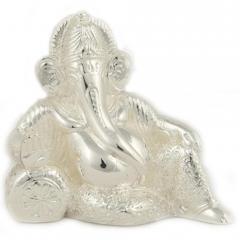IGNORED
Master "Forged vs. Cast" or "Blade vs. Game-Improvement" Iron Thread
Note: This thread is 1411 days old. We appreciate that you found this thread instead of starting a new one, but if you plan to post here please make sure it's still relevant. If not, please start a new topic. Thank you!
-
Topics Being Discussed Right Now on The Sand Trap
-
"5 Minutes Daily" Practice Challenge 1 2 3 4 845
By iacas, in Instruction and Playing Tips
- 5 minutes daily
- dedication
- (and 6 more)
- 15,193 replies
- 919,606 views
-
- 7 replies
- 172 views
-
- 6,720 replies
- 267,921 views
-
- 0 replies
- 83 views
-
- 19 replies
- 14,353 views
-










Recommended Posts
Create an account or sign in to comment
You need to be a member in order to leave a comment
Create an account
Sign up for a new account in our community. It's easy!
Register a new accountSign in
Already have an account? Sign in here.
Sign In Now